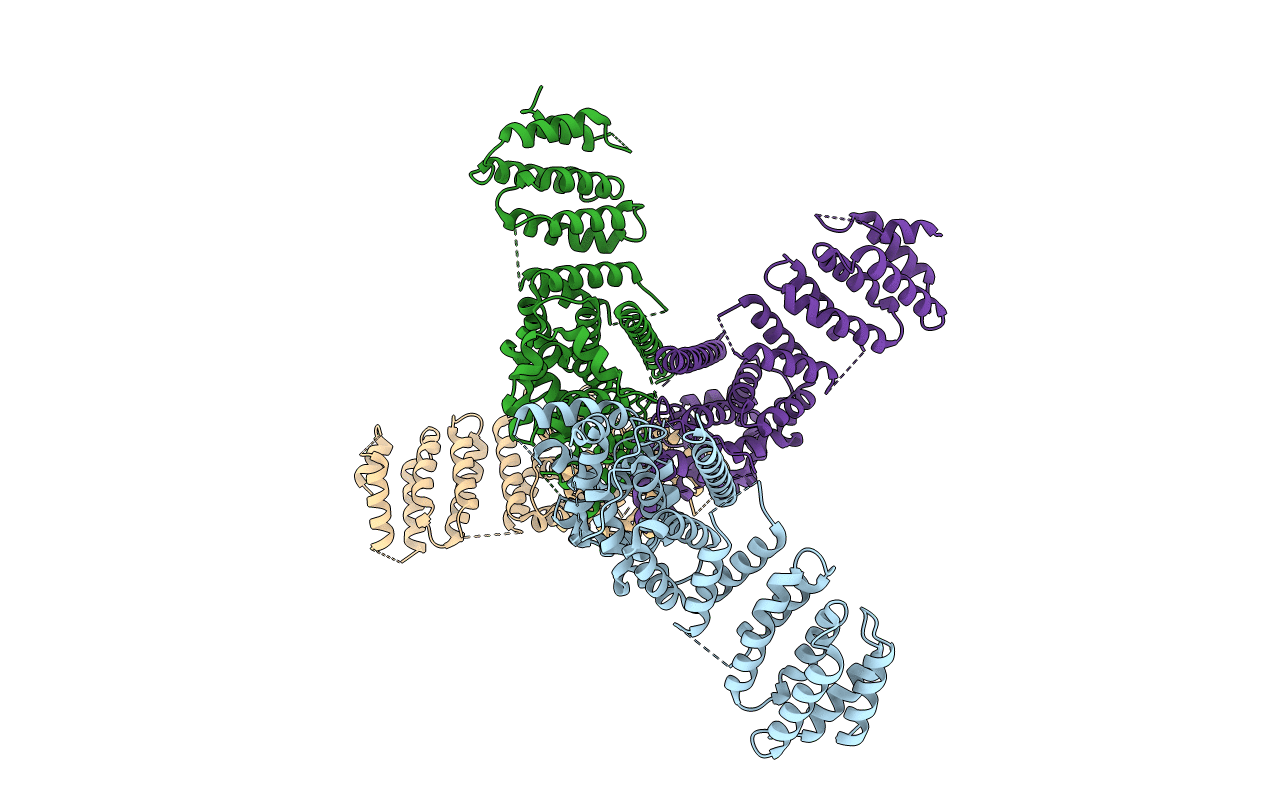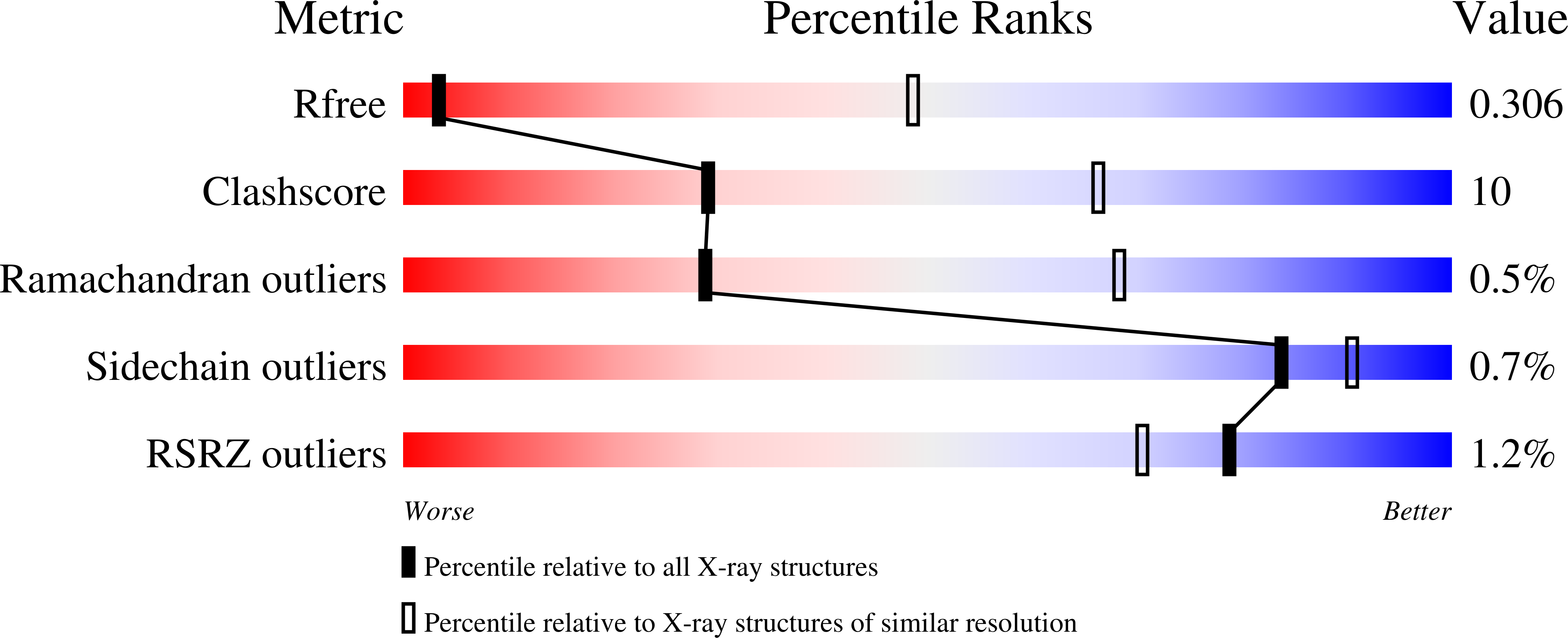
Deposition Date
2020-08-10
Release Date
2021-05-26
Last Version Date
2024-11-06
Entry Detail
Biological Source:
Source Organism:
Host Organism:
Method Details:
Experimental Method:
Resolution:
4.30 Å
R-Value Free:
0.30
R-Value Work:
0.27
R-Value Observed:
0.27
Space Group:
P 21 21 21


